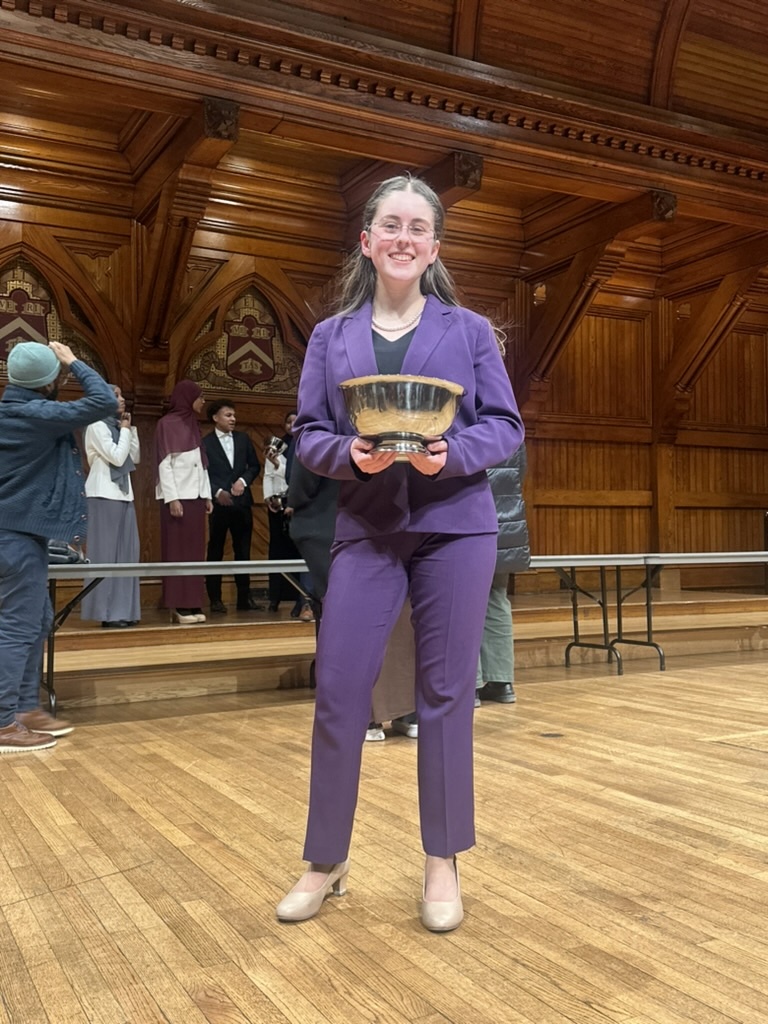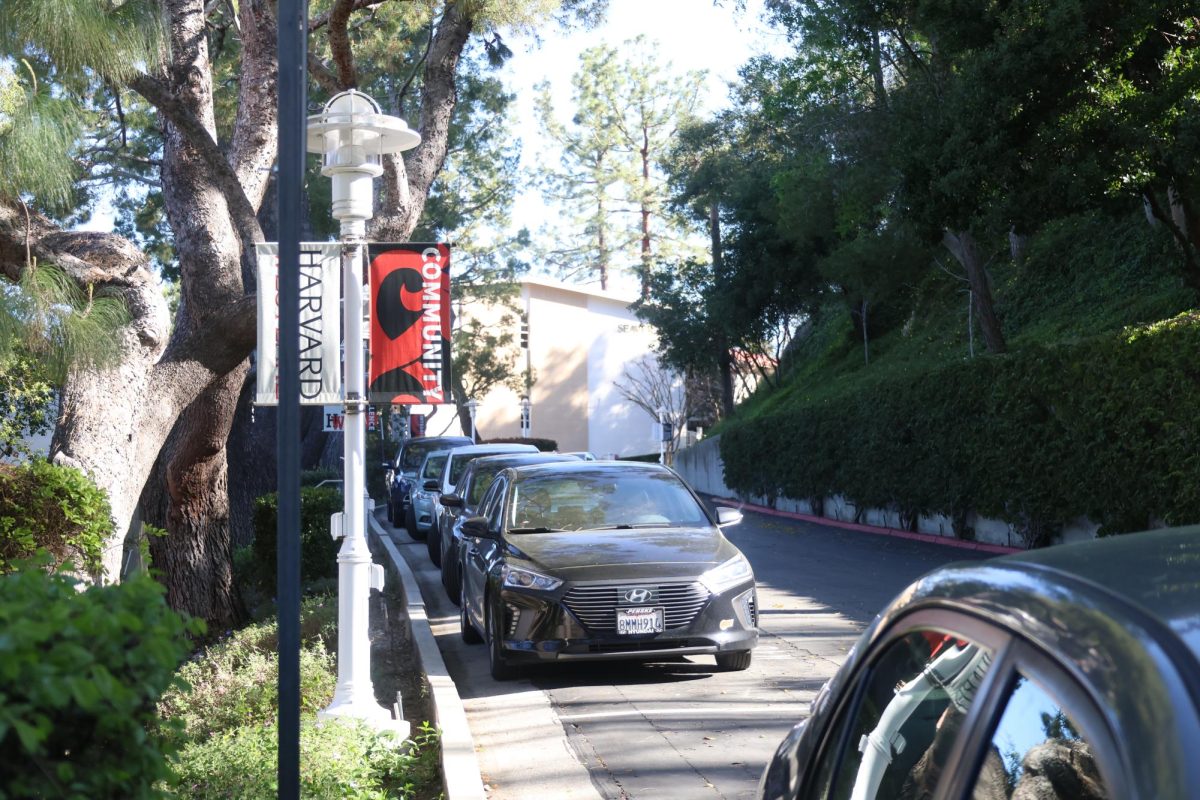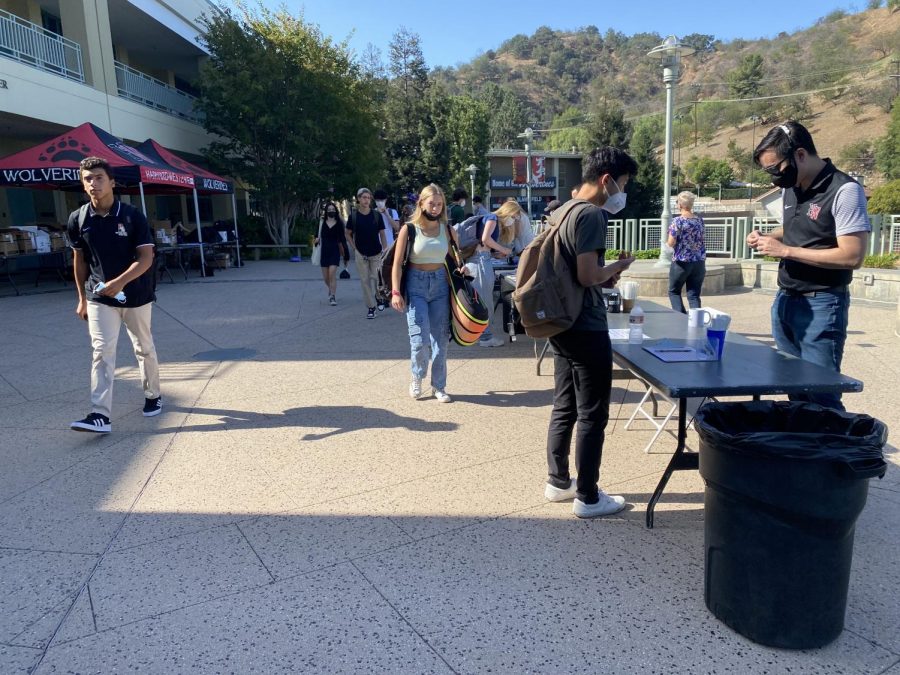In order to allow teachers more flexibility while also alleviating students’ stress, the Scheduling Committee formulated a new plan for mid-year assessments this year, Upper School Deans Department Head Beth Slattery said.
The new schedule consists of three 90-minute periods per day, with 60 or 90-minute breaks between each. The first periods of Monday, Tuesday, Wednesday and Thursday will be held in large venues, where students will take history, science, math and world language exams, respectively. Eight of the testing slots will be held in classrooms and are reserved for first through eighth period classes whose teachers choose to give alternative exams. There are also three make-up periods built into the schedule to accommodate students with multiple science classes, world language classes, conflicts or extra time, Slattery said. The new schedule does not include a reading day.
“This new hybrid schedule will allow the faculty to decide what type of assessment they want to give, whether they want it to be in a classroom or if they want it to be big and cumulative,” Slattery said. “Courses get to choose which kind of assessment they are giving. This schedule also spreads things out for kids, since the likelihood that [they] will have multiple assessments on one day is pretty small.”
Four years ago, mid-year assessments were moved from January to December so that students were not pressured to study over winter break, Slattery said. In this version of the mid-year assessment schedule, there were two 90 minute testing periods per day, following students’ order of classes. However, students felt that they were disadvantaged by this schedule, as they either had too many assessments per day, or took what they believed to be harder versions of the test. In addition, teachers felt they were limited by the schedule, Slattery said.
The new schedule was proposed by history teacher Celia Geodde and developed by the faculty schedulers.
“[Scheduling Committee Chair and science teacher Krista] McClain put together a couple of options first, and introduced them to the faculty,” science teacher and scheduler Karen Hutchison said. “The faculty then responded with their opinions, and Ms. McClain and the Faculty Academic Committee settled on something based on that.”
Slattery said she hopes this year’s assessment schedule will fix issues from previous years.
“The new change is not only to help the students, but also to help the teachers,” Slattery said. “It’s also about pedagogy, thinking about what the best way is that we can actually assess students. We shouldn’t let the schedule derive the assessments. And that’s the way some people felt, like they couldn’t give what they really thought was effective for the kids because the timing wouldn’t work, or because it’s too cumbersome. This way, teachers can give the assessment the way they think is best for the class, and then the schedule is malleable enough to make it happen.”


































